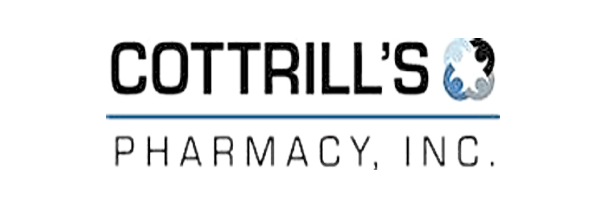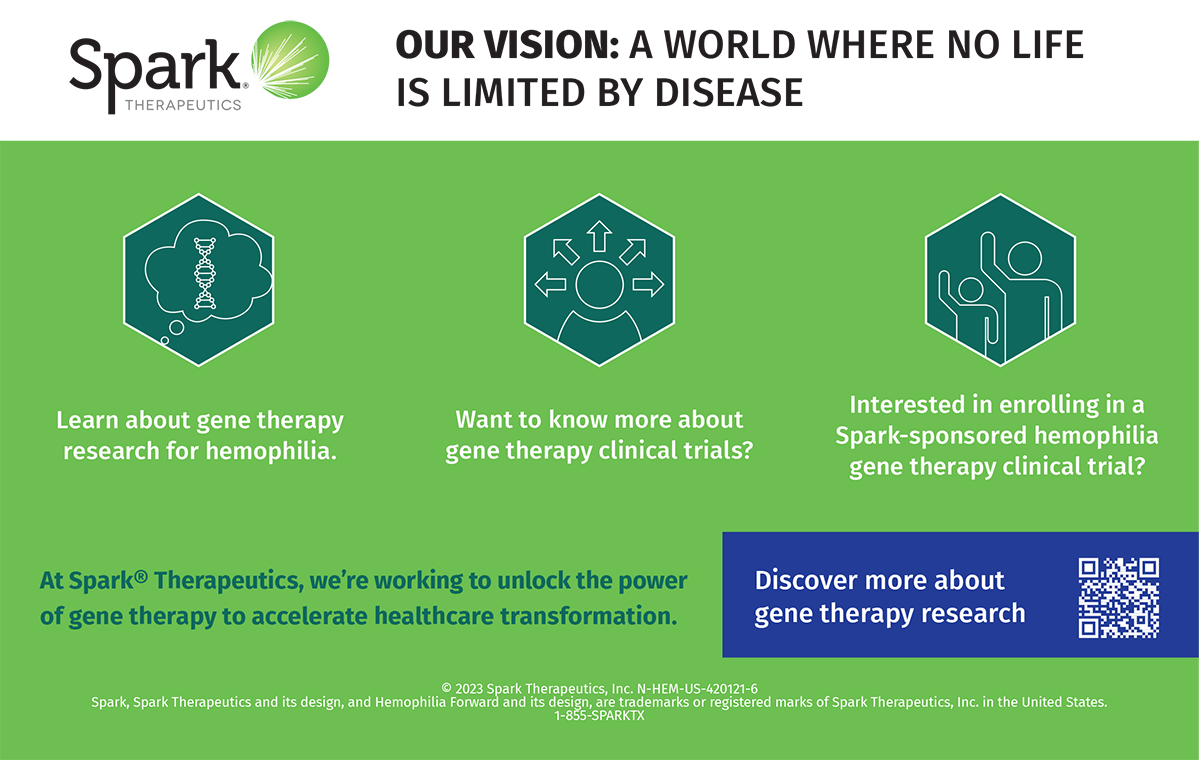Make all Copays Count!
Many bleeding disorder patients use co-pay assistance, such as co-pay cards or manufacturer coupons, to pay for their life-saving medications. Pharmacy benefit managers (PBMs) and insurers increasingly use co-pay accumulator programs to prevent such assistance from counting towards patient cost-sharing, such as their deductible or annual out-of-pocket maximum. As a result, patients may struggle to afford and adhere to their medications as insurers and PBMs seek to shift more cost-sharing responsibilities to patients.
The Issue
Accumulator adjustment programs prevent any co-payment assistance that may be available for high-cost specialty drugs from counting toward a patient’s deductible or maximum out-of-pocket expenses.
Many pharmaceutical manufacturers offer co-pay cards that help cover a patient’s portion of drug costs. Traditionally, pharmacy benefit managers have allowed these co-pay card payments to count toward the deductible required by a patient’s health insurance plan. With an accumulator adjustment program, patients are still allowed to apply the co-pay card benefits to pay for their medications up to the full limit of the cards, but when that limit is met, the patient is required to pay their full deductible before cost-sharing protections kick in.
Patients are often unaware they are enrolled in one of these programs until they go to the pharmacy counter and realize they must pay the full cost of their medication, leading them to abandon or delay their prescription. These programs can be called different names, are often marketed as a positive benefit, and are usually disclosed many pages into plan materials, leading to a lack of awareness about them to patients.
Example: It’s the start of a new health plan year in January, and you are on a biologic with a list price of $3,000 a month. You use your co-pay card at your specialty pharmacy and make a regular co-payment. By the time March arrives, you’ve reached the limit on your co-pay assistance. As a result, when you refill your prescription in April, you will owe $3,000, the full cost of your drug, because the deductible has not yet been paid down.
The Solution
When calculating a patient’s overall contribution to any out-of-pocket maximum or any cost-sharing requirement, a health plan must include any amounts paid by the patient or paid on behalf of the patient by another person.
The Trends
People most likely to be enrolled in co-pay accumulator adjustment programs include those with employer-sponsored insurance plans, particularly individuals enrolled in high-deductible health plans (HDHPs). HDHPs have become increasingly popular as employers and insurers seek opportunities to incentivize appropriate health care utilization and to lower costs.
*Source: American Journal of Managed Care, Impact of a Co-pay Accumulator Adjustment Program on Specialty Drug Adherence
Our Work
The All Co-pays Count Coalition (ACCC) was formed to collaborate amongst the patient and provider community around legislative and patient education efforts on a federal and state level. Hemophilia Foundation of Maryland is a member of the ACCC.
We are looking for community members who have been impacted by a Copay Accumulator Adjustment Program. Please email HFM.





